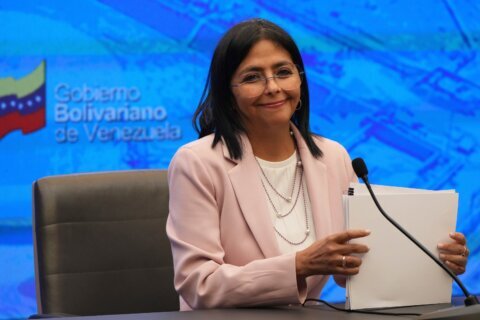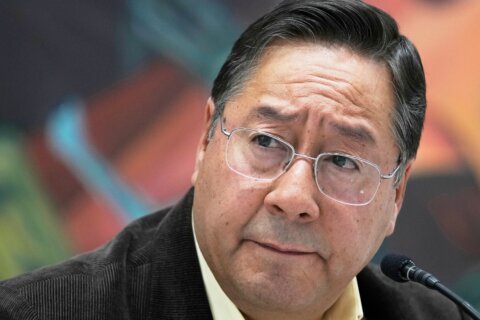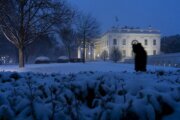Take WTOP’s inauguration trivia quiz and you might learn something about how U.S. presidents have been sworn in over the years. You also might wonder how some of these guys got elected president in the first place.
We do solemnly swear you’ll enjoy this inauguration trivia quiz
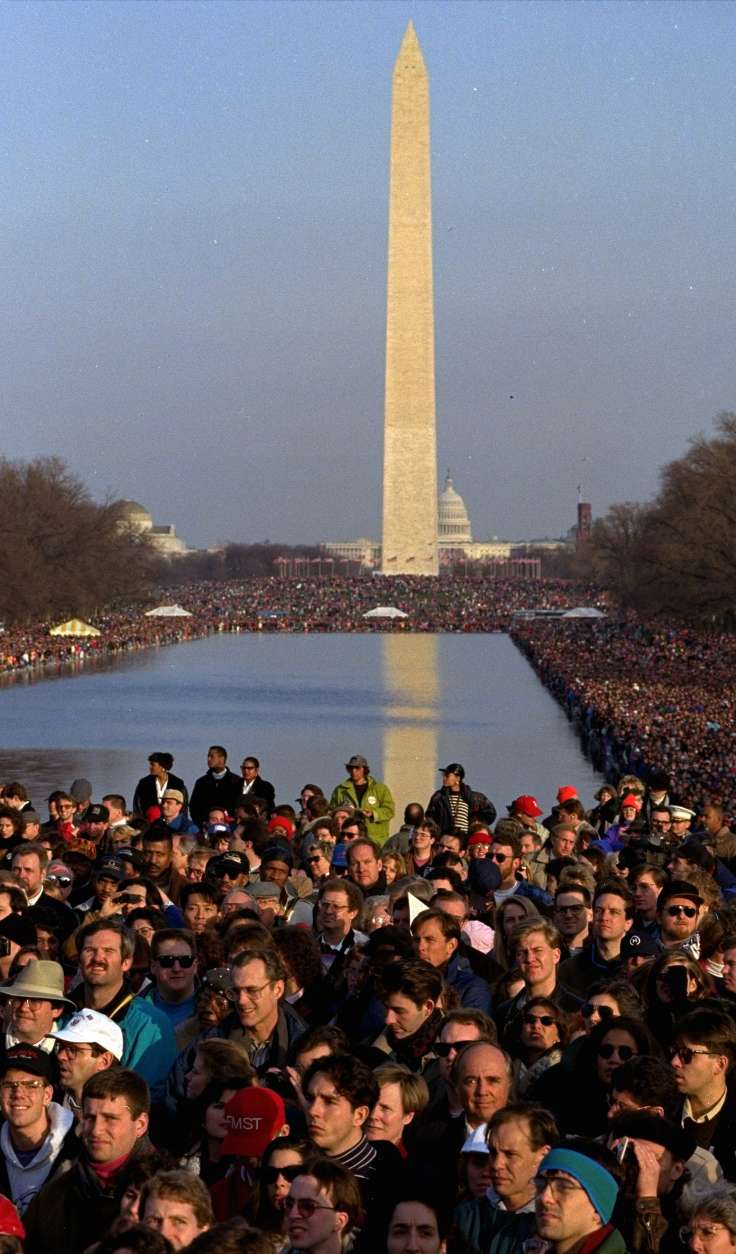 1/32
1/32
What’s the shortest-ever inauguration speech?
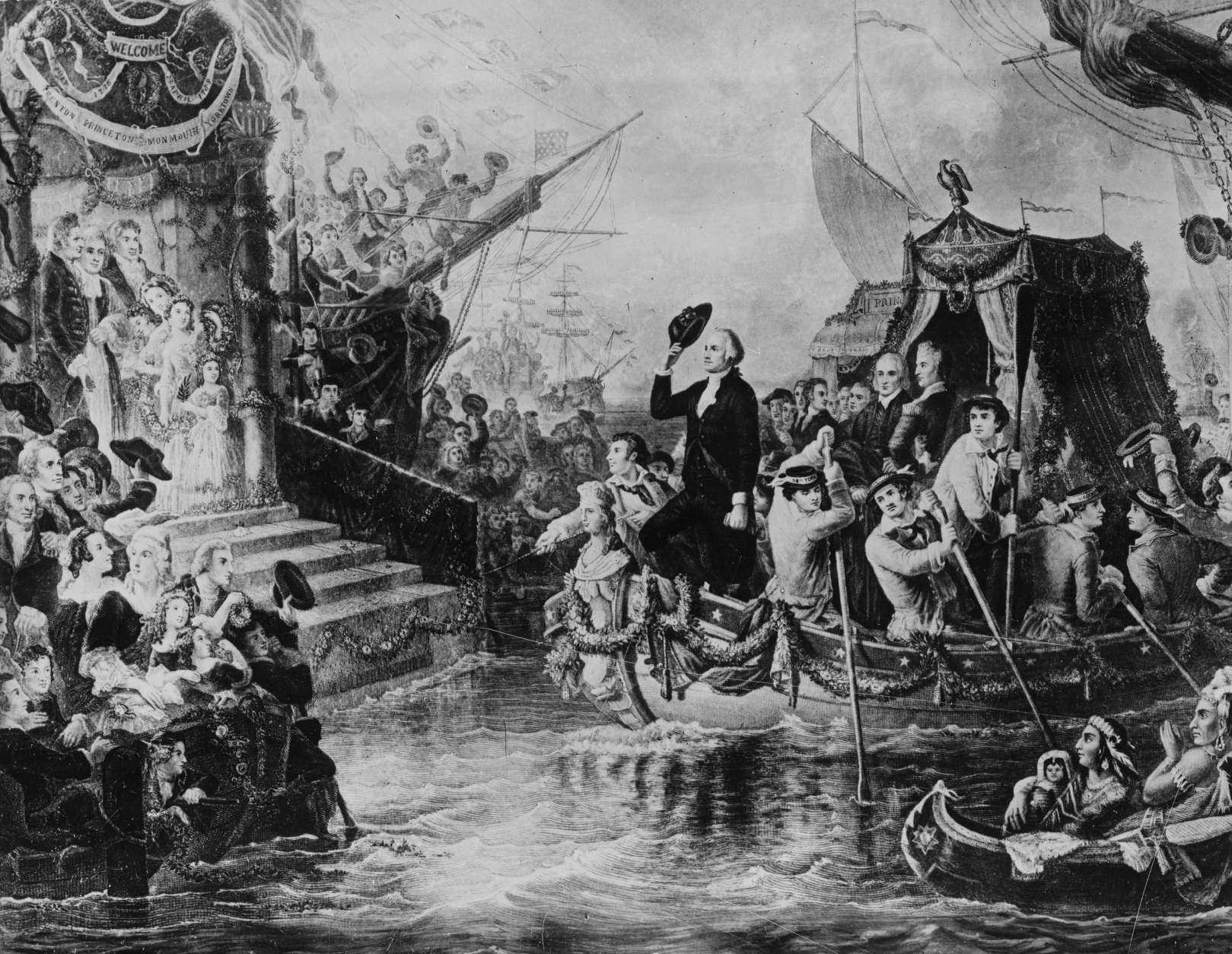 2/32
2/32
George Washington’s second address, at 135 words.
And who gave the longest inaugural address?
 4/32
4/32
William Henry Harrison, the ninth U.S. president, whose inaugural address in 1841 ran more than 8,000 words. Grab a cup of coffee or something stronger and read it.
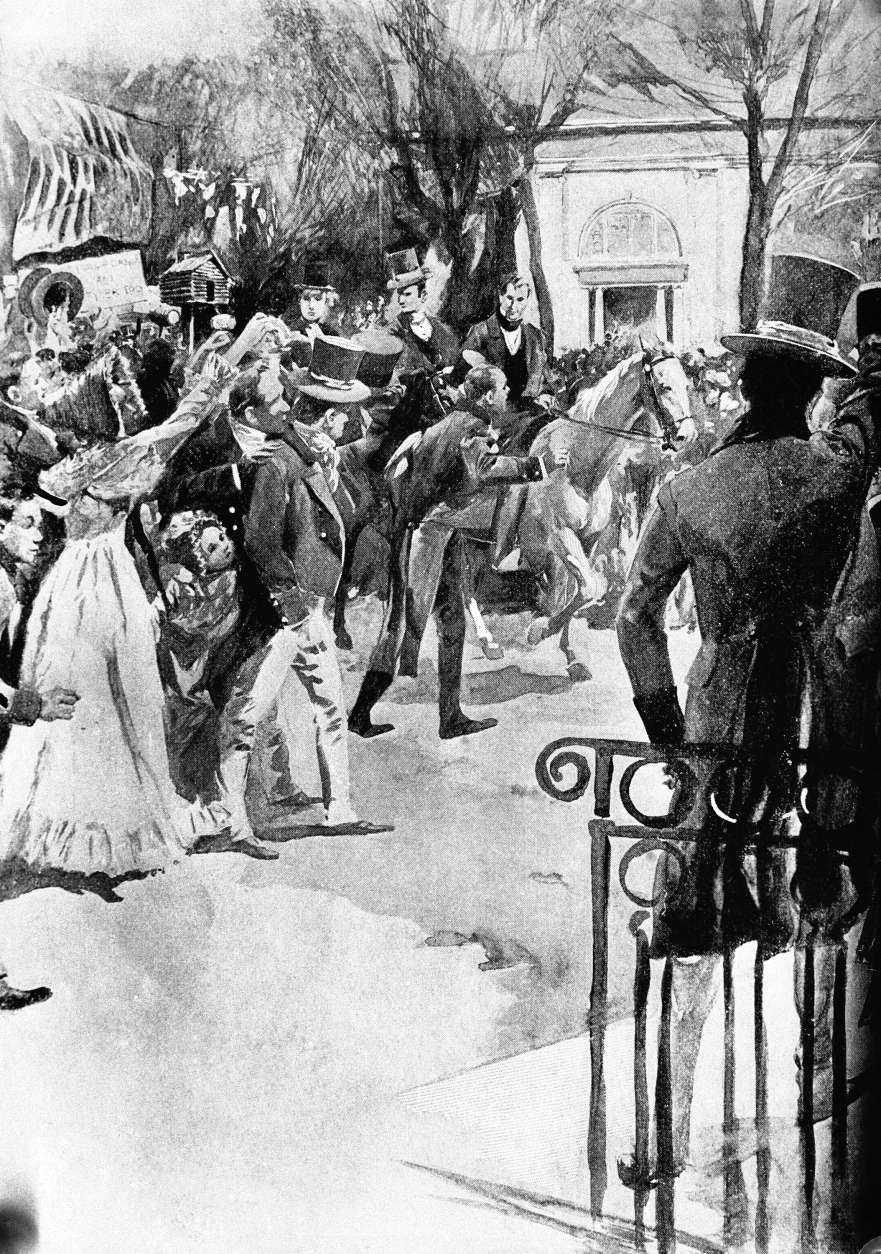 5/32
5/32
Oh, yeah — Harrison. He was the shortest-serving U.S. president, dying after 31 days in office. He died from catching pneumonia during his inaugural address, right?
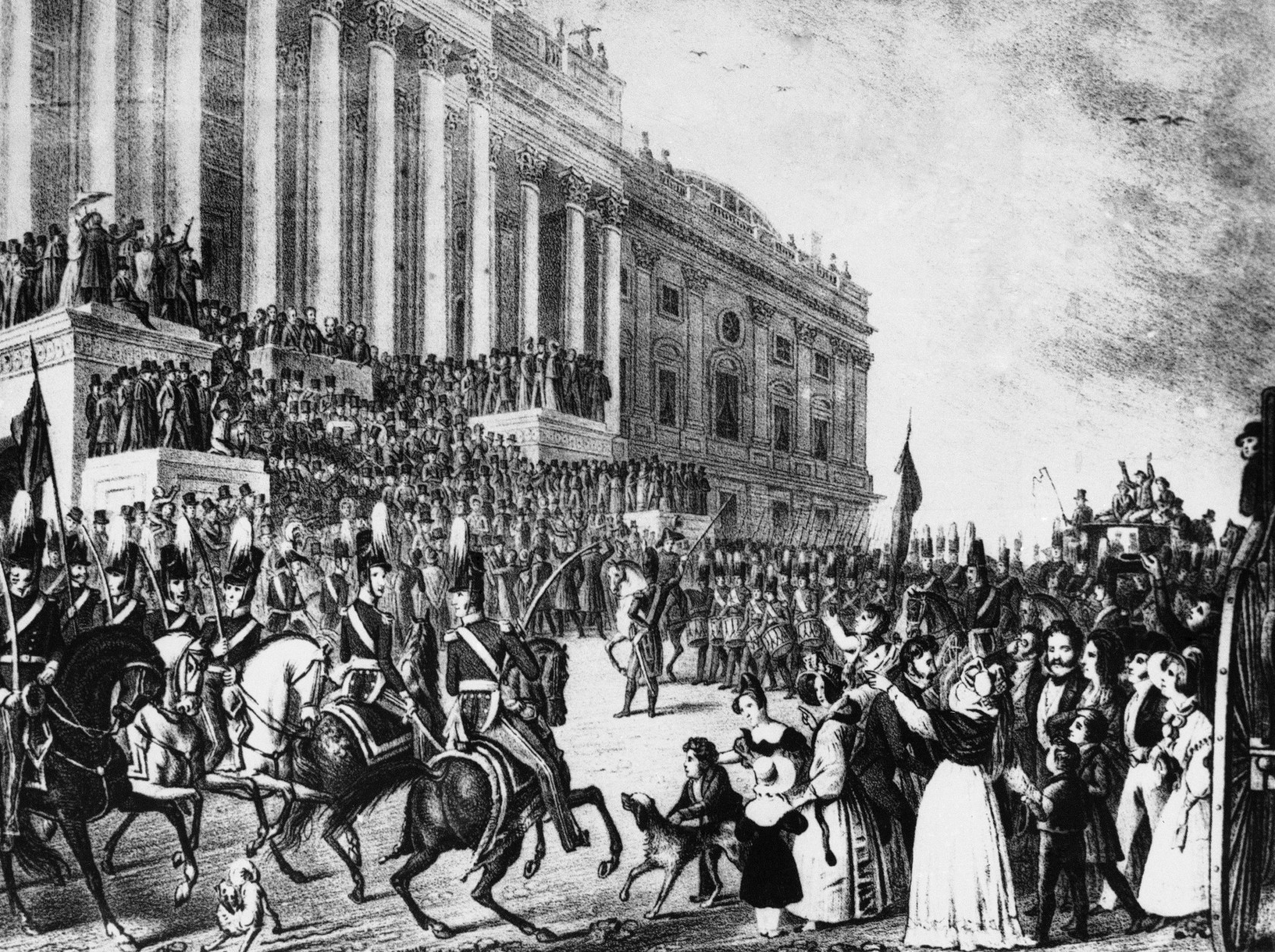 6/32
6/32
It’s true that President Harrison gave his record-long inaugural address outdoors, in the snow and rain, without an overcoat or hat. Two University of Maryland researchers, however, found in 2014 that he did not contract pneumonia from this stunt. Looking at the account of Harrison’s personal physician, Jane McHugh and Philip Mackowiak concluded that “Old Tippecanoe” was done in by enteric fever.
The two say that the next two presidents — James Polk (1845-1849) and Zachary Taylor (1849-1850) — also had gastroenteric problems, “likely a consequence of the unsanitary conditions that existed in the nation’s capital during most of the 19th century.”
Taylor died of his health problems after 492 days in office. He’s the third shortest-serving U.S. president. (James Garfield was No. 2; he was shot after 120 days, though he lingered for 79 more.)
By the way, Harrison’s grandson, Benjamin Harrison, was the 23rd U.S. president, serving from 1889 to 1893.
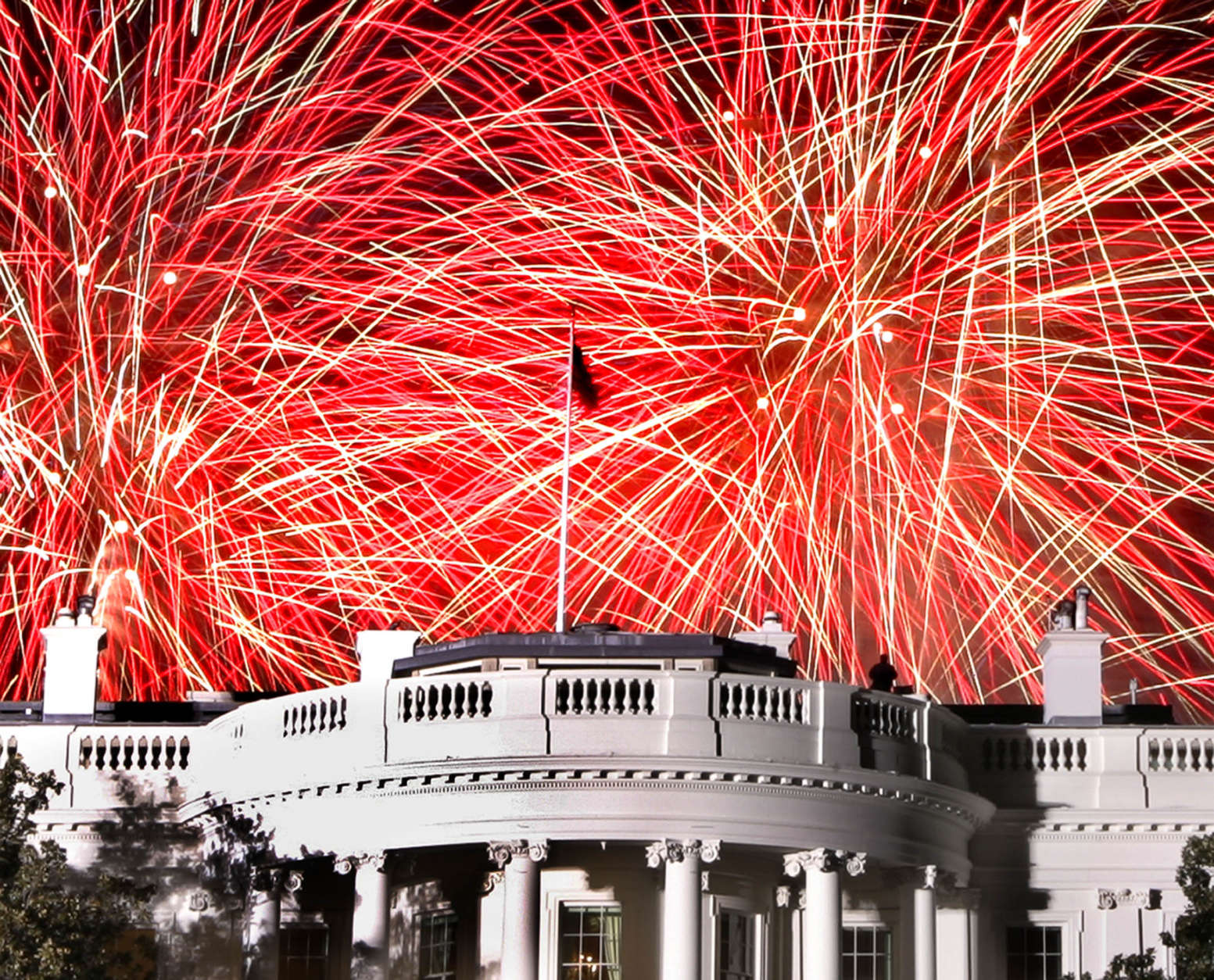 7/32
7/32
Who was the only U.S. president to be sworn in by a woman?
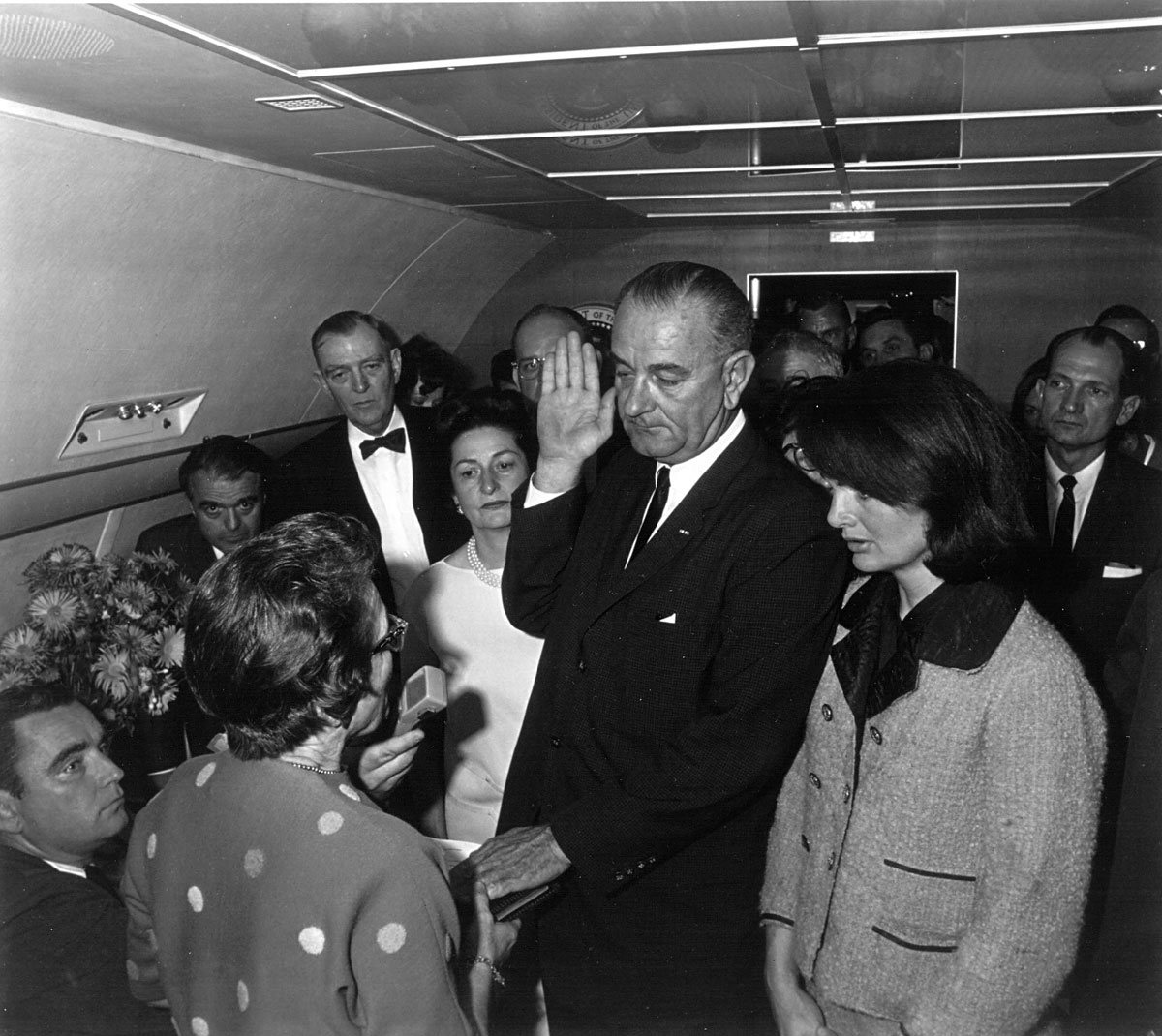 8/32
8/32
Lyndon B. Johnson, sworn in by U.S. District Judge Sarah T. Hughes on Nov. 22, 1963, after the assassination of President John F. Kennedy.
The weather in D.C. in January can be a real mixed bag. Which inauguration was held in the warmest weather? Which was the coldest? (Hint and/or fun fact: They were for the same president.)
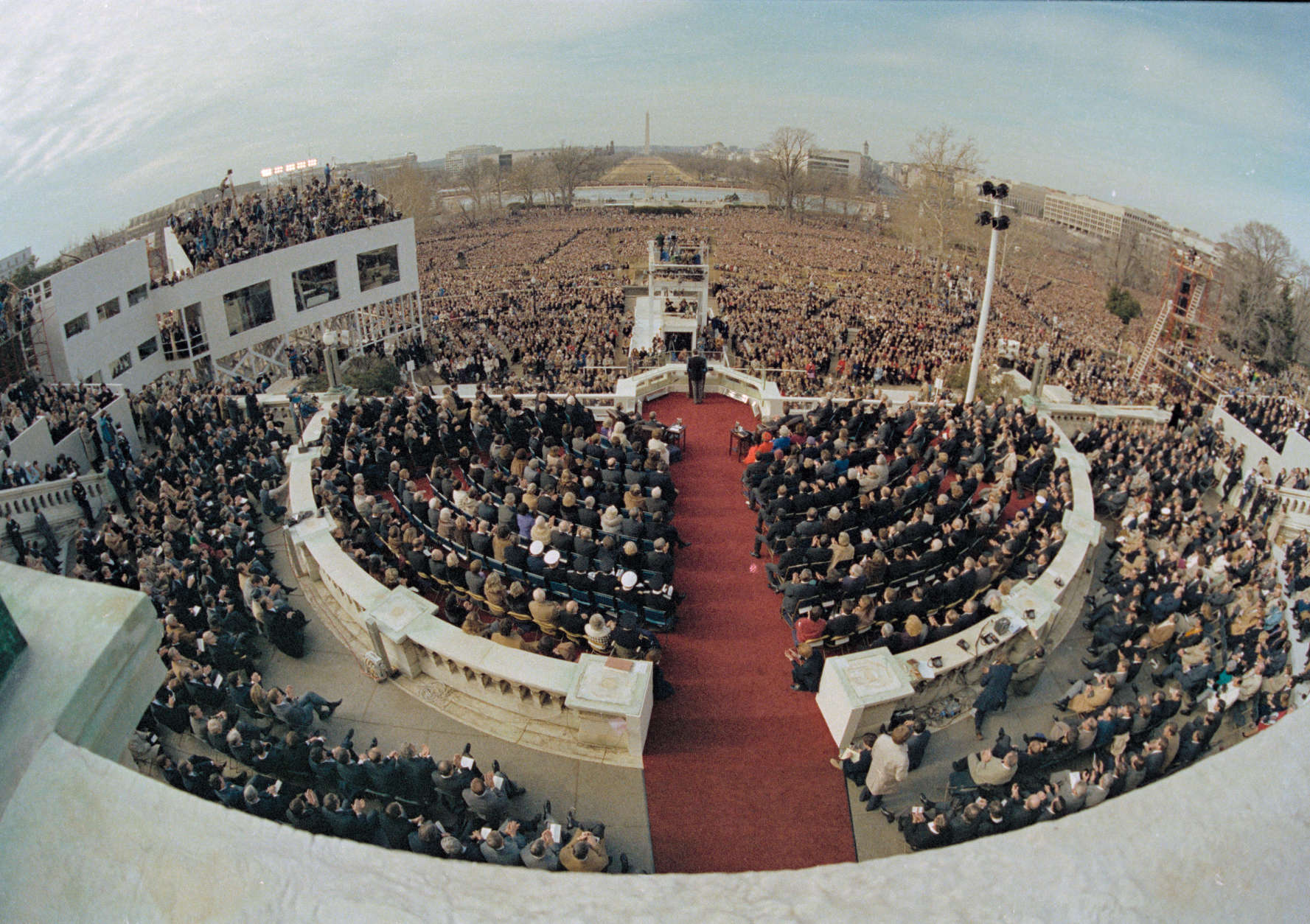 10/32
10/32
The warmest inauguration on record was Ronald Reagan’s first, in 1981 — 55 degrees. In 1985, the temperature was 7 degrees; the wind chill, minus-20. The swearing-in was held indoors, in the Capitol Rotunda, and the parade was canceled.
Which pairing of president and chief justice gaffed up the oath so badly they had to take a do-over the next day?
President Barack Obama and Chief Justice Roberts, on Jan. 20, 2009.
Roberts mixed up part of the oath; Obama waited for him to correct himself, but when Obama’s words were laid end-to-end, they didn’t comprise the oath as written.
What phrase has been said during the oath of office of virtually every U.S. presidency, yet isn’t actually in the oath?
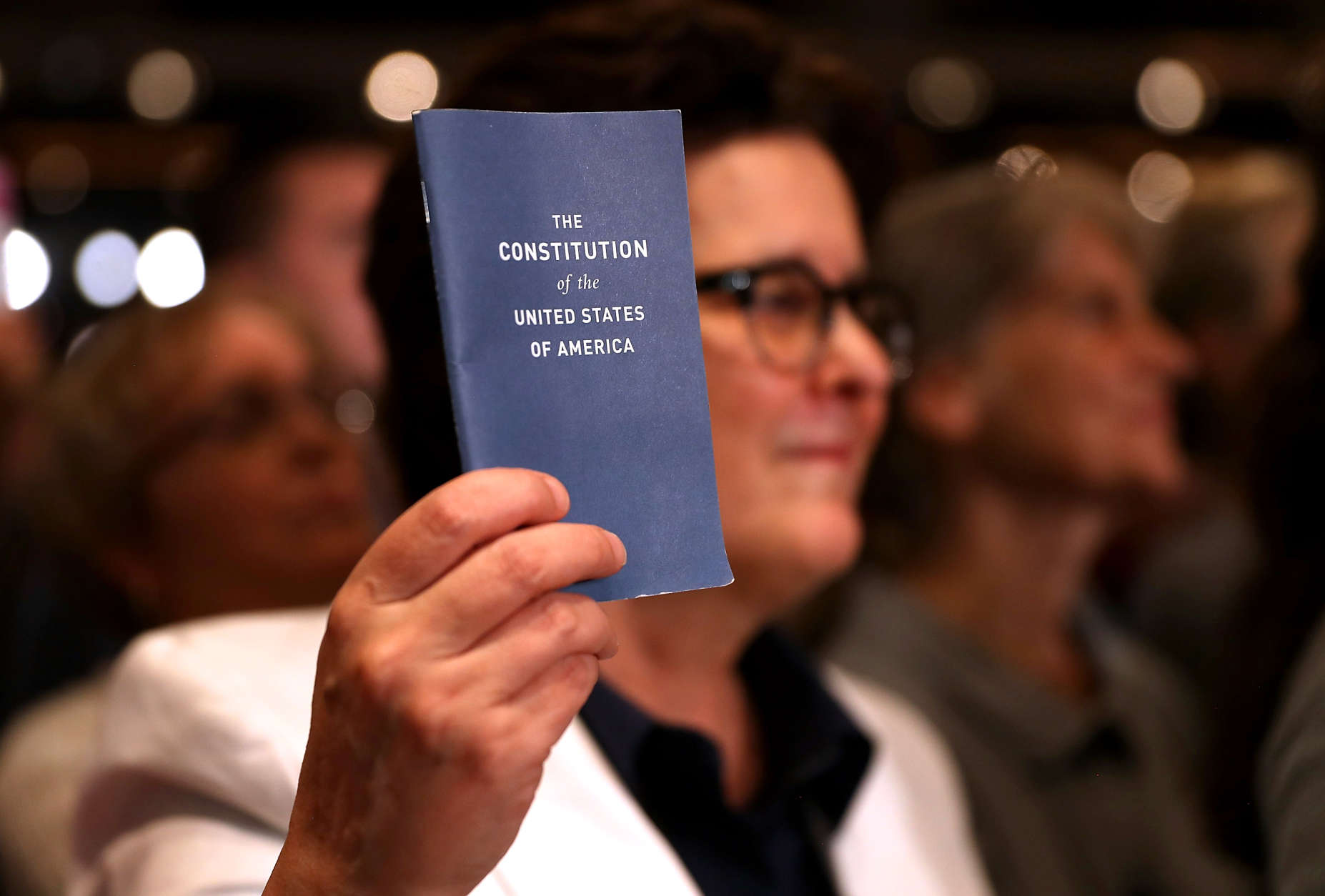 14/32
14/32
“So help me God.” Read the oath.
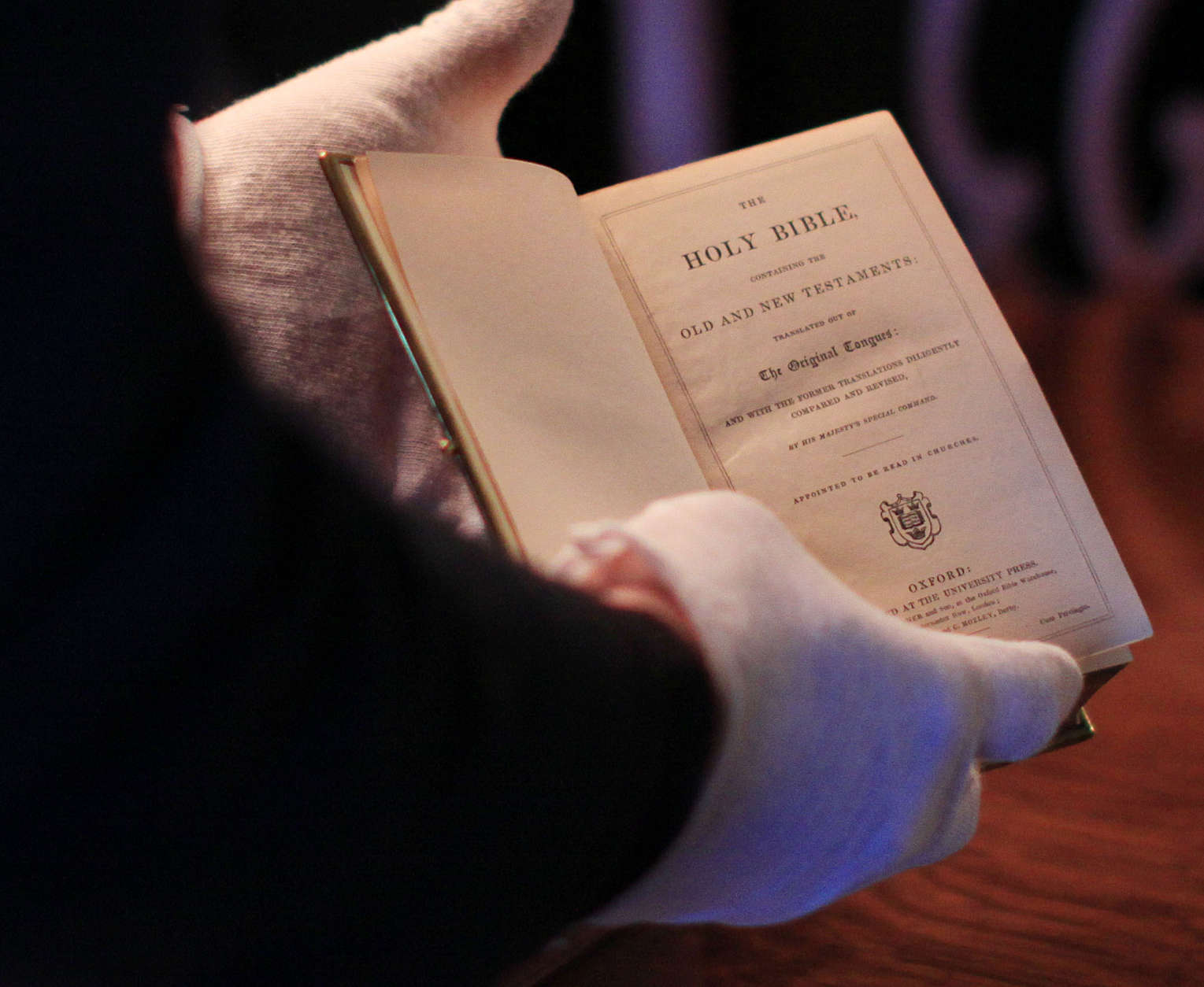 15/32
15/32
The oath of office is traditionally administered by the chief justice of the Supreme Court, but it doesn’t have to be. How many presidents were sworn in by someone else?
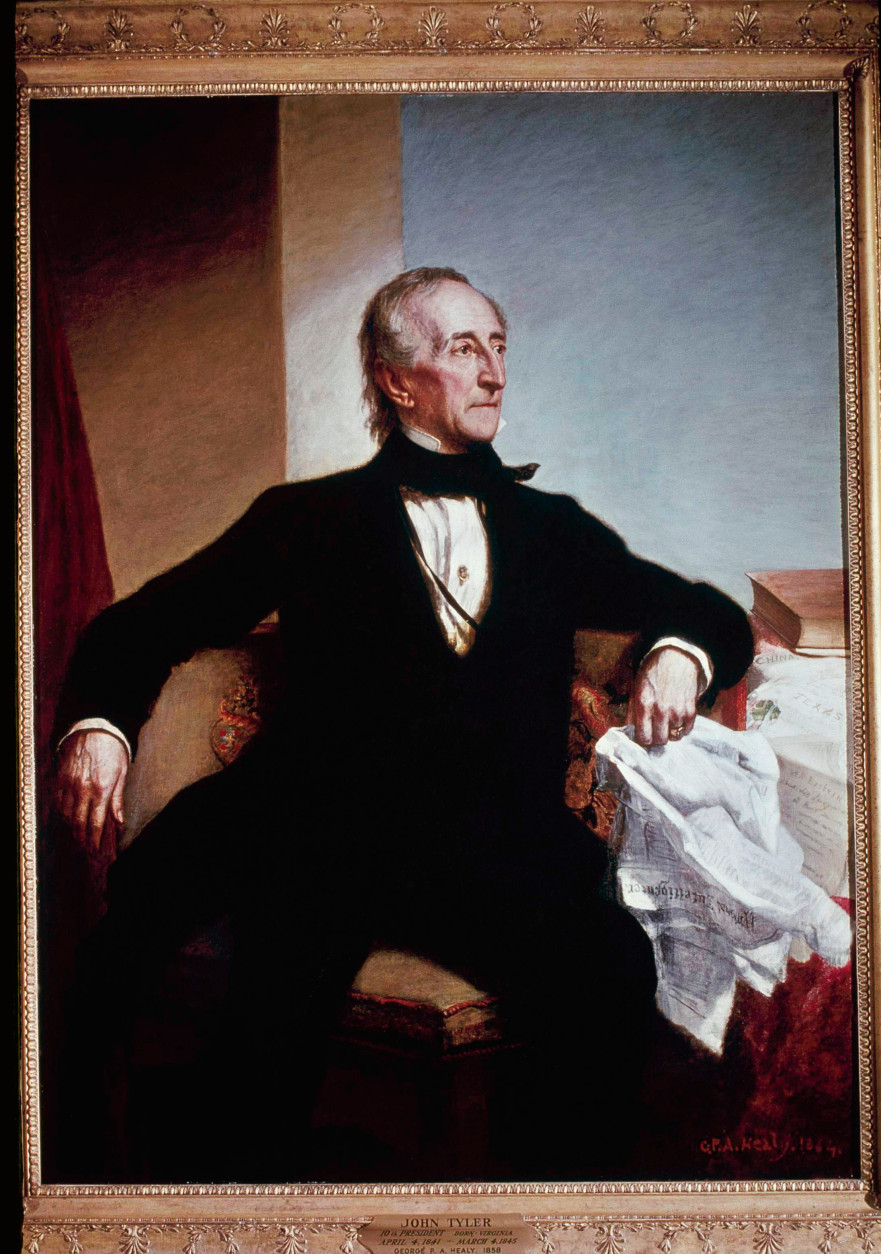 16/32
16/32
Seven: George Washington, John Tyler (pictured), Millard Fillmore, Chester A. Arthur, Theodore Roosevelt, Calvin Coolidge and Lyndon B. Johnson. Each time, except for Washington’s two inaugurations, it was because of the death of the previous president.
Six of these seven presidents were sworn in by other judges. Which leads us to the next question …
Which president was the only one sworn in by his father?
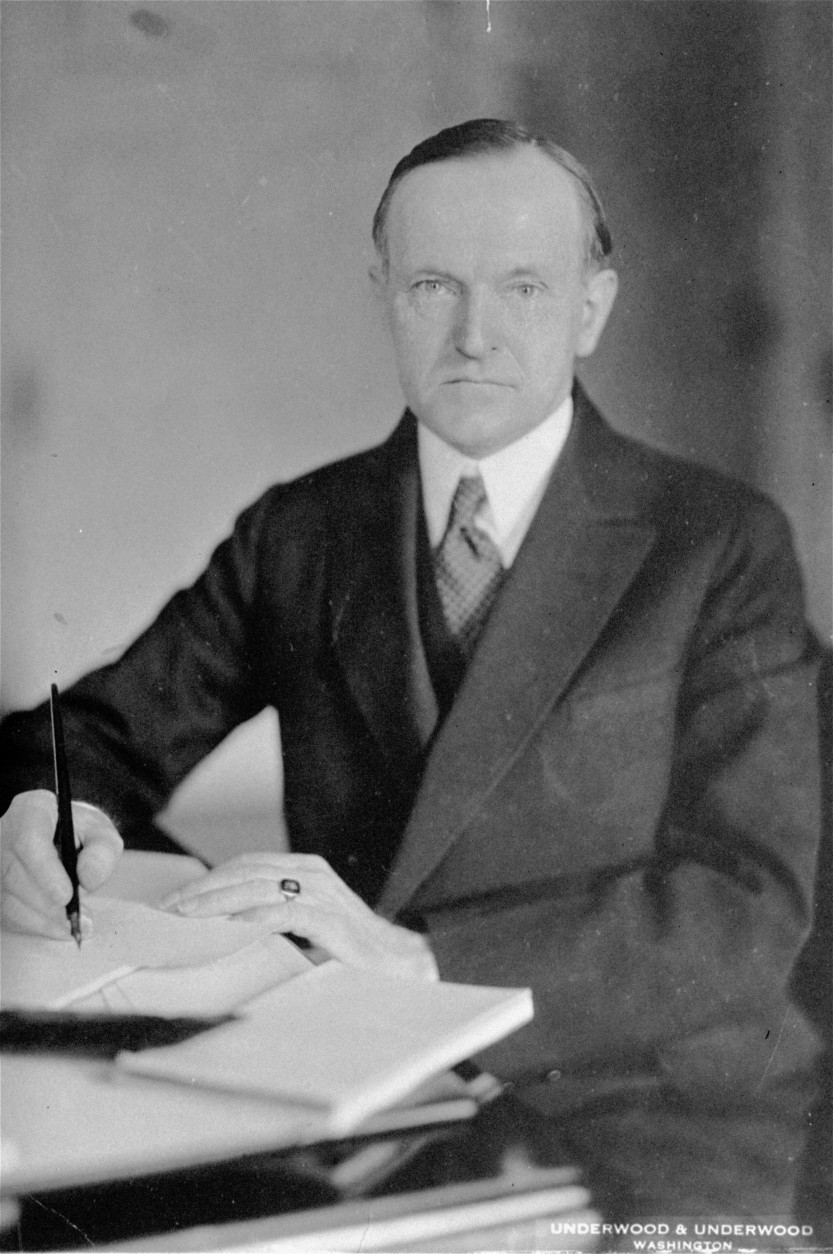 18/32
18/32
Calvin Coolidge.
He was on vacation at his family farm in Vermont, and asleep at 2:30 a.m. on Aug. 2, 1923, when his father, Col. John Coolidge, got the telegram that President William G. Harding had died. John Coolidge, a notary public, swore his son in.
Calvin Coolidge was sworn in a second time a couple of weeks later by a federal judge, because people were unsure whether a notary public was authorized to give the oath. But again — the Constitution has nothing to say about who can and can’t swear the president in.
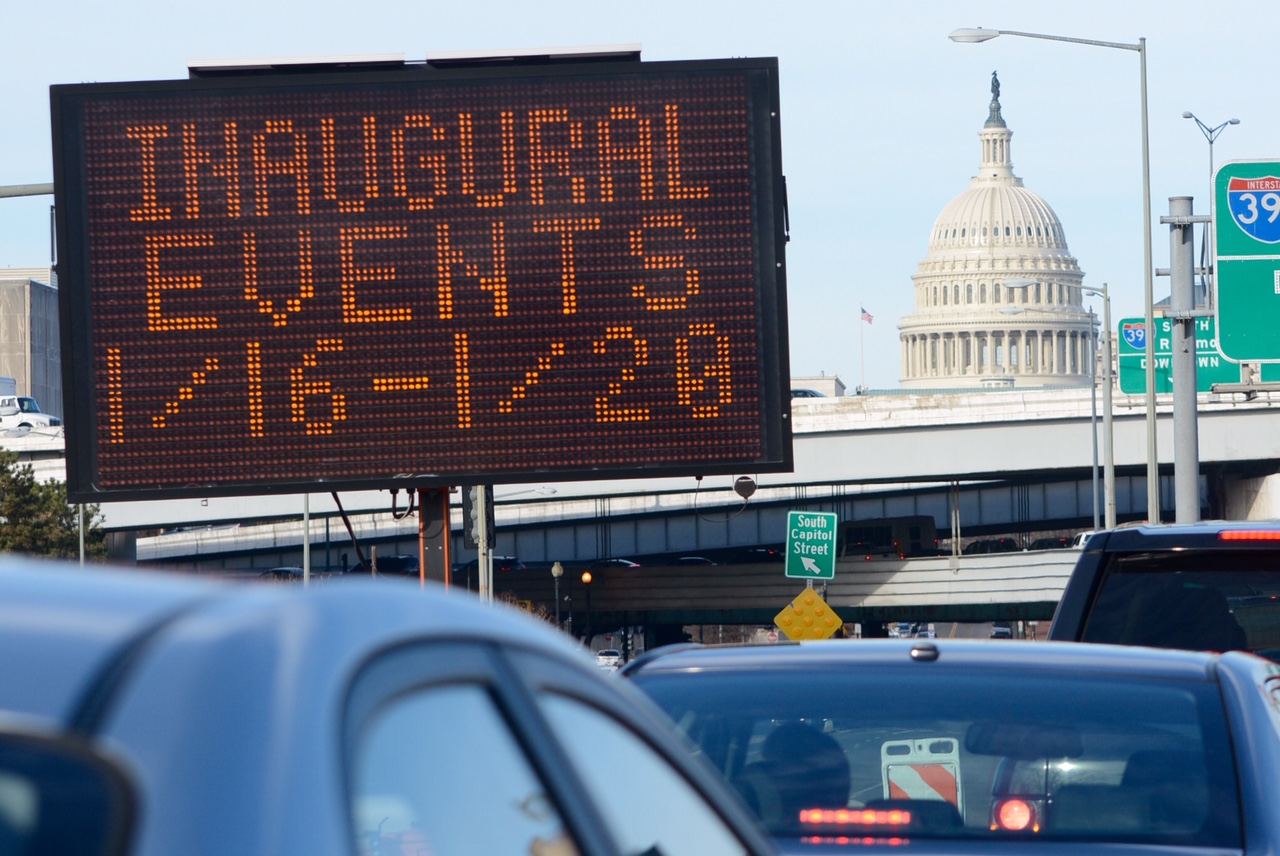 19/32
19/32
Which president was sworn in while carrying a lock of hair from a predecessor?
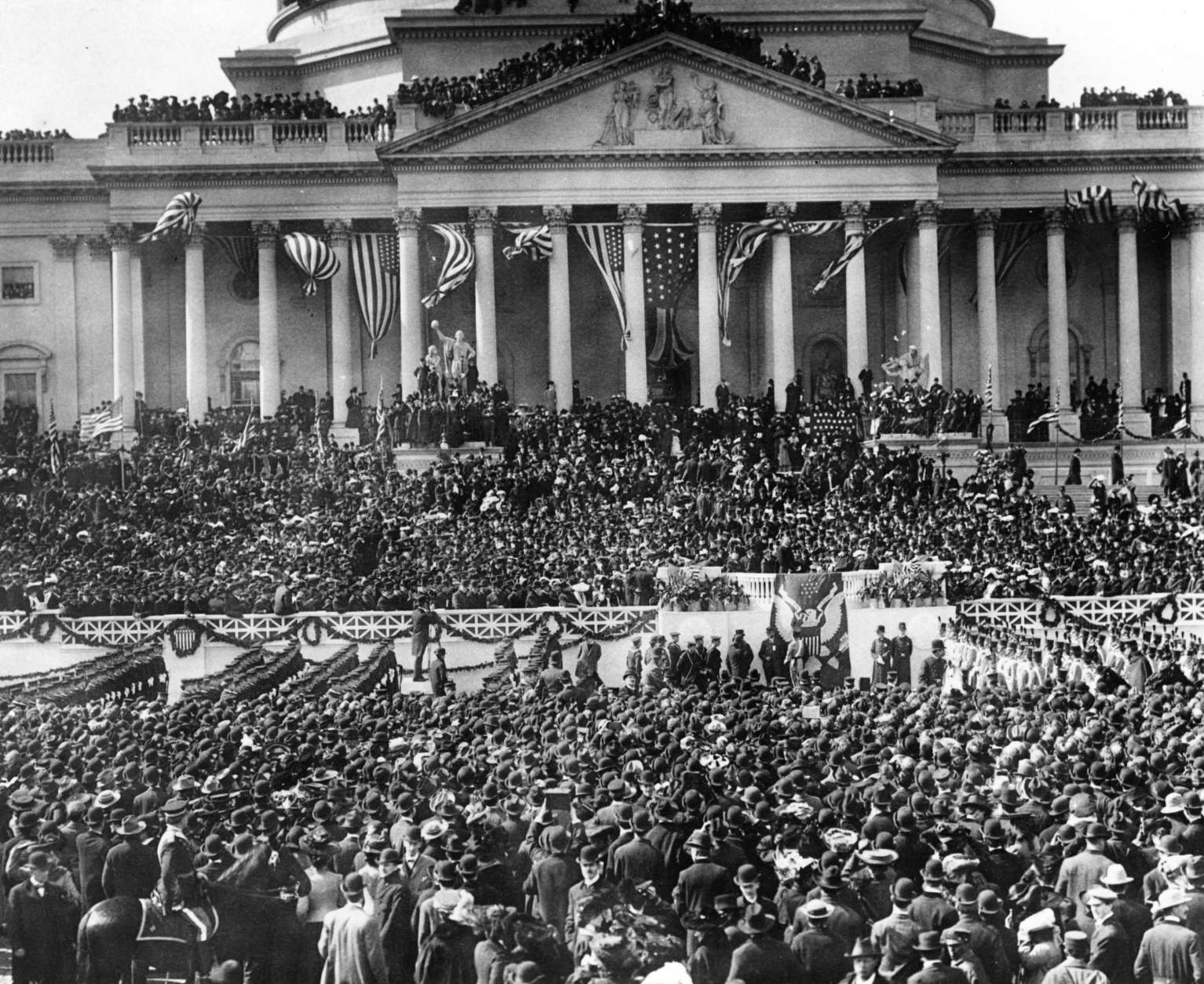 20/32
20/32
Theodore Roosevelt took the oath in 1905, wearing a ring that had a lock of President Abraham Lincoln’s hair.
Inauguration Day wasn’t always Jan. 20. When was it originally, and when and why was it changed?
 22/32
22/32
Inauguration Day was originally March 4, but was moved to Jan. 20 for the president and Jan. 3 for Congress by the 20th Amendment. Franklin D. Roosevelt’s second term was the first to begin in January (that’s the picture above).
The aim of the amendment was to shorten the time between the election and the swearings-in so that the newly elected officials could more quickly respond to the issues of the day.
Also, the original clause in the Constitution only required congressional sessions to begin by December, “unless they shall by Law appoint a different Day” — so, theoretically, a member of Congress could have to wait 13 months after being elected to actually get anything done.
Who administered the oath of office to the most U.S. presidents?
Sadly, it’s no one cool: Chief Justice Roger Brooke Taney, a noted racist judge rightly reviled for his opinion in the Dred Scott case (Black people “had no rights which the white man was bound to respect,” he ruled), gave the oath seven times to seven presidents: Martin Van Buren, William Henry Harrison, James Polk, Zachary Taylor, Franklin Pierce, James Buchanan and Abraham Lincoln.
That’s the most different presidents. John Marshall, the first chief justice, served in a more stable time; he only swore in five presidents — Thomas Jefferson, James Madison, James Monroe, John Quincy Adams and Andrew Jackson. But he gave the oath nine times.
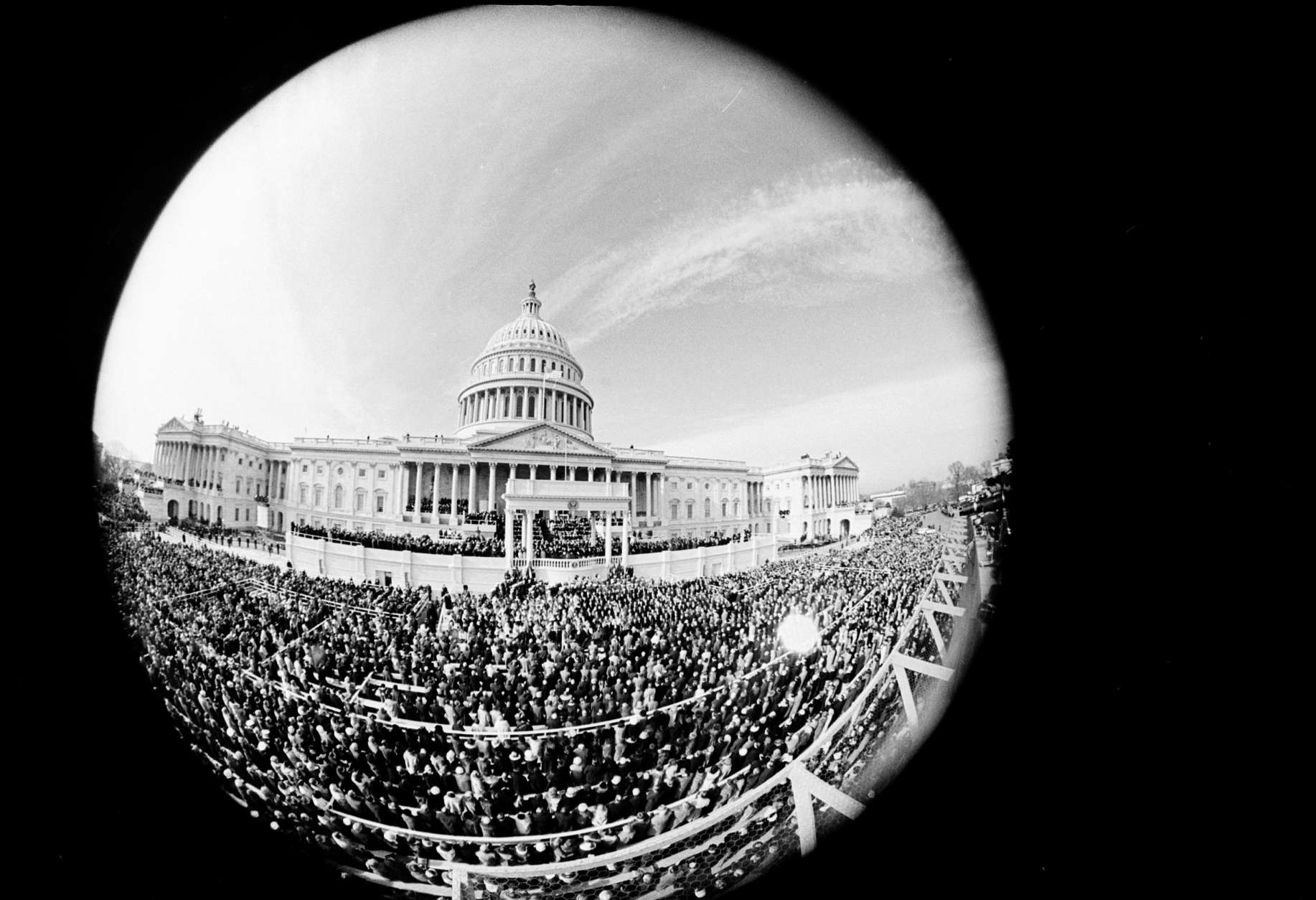 25/32
25/32
Did a scheduling problem lead to the U.S. going without a president for a day?
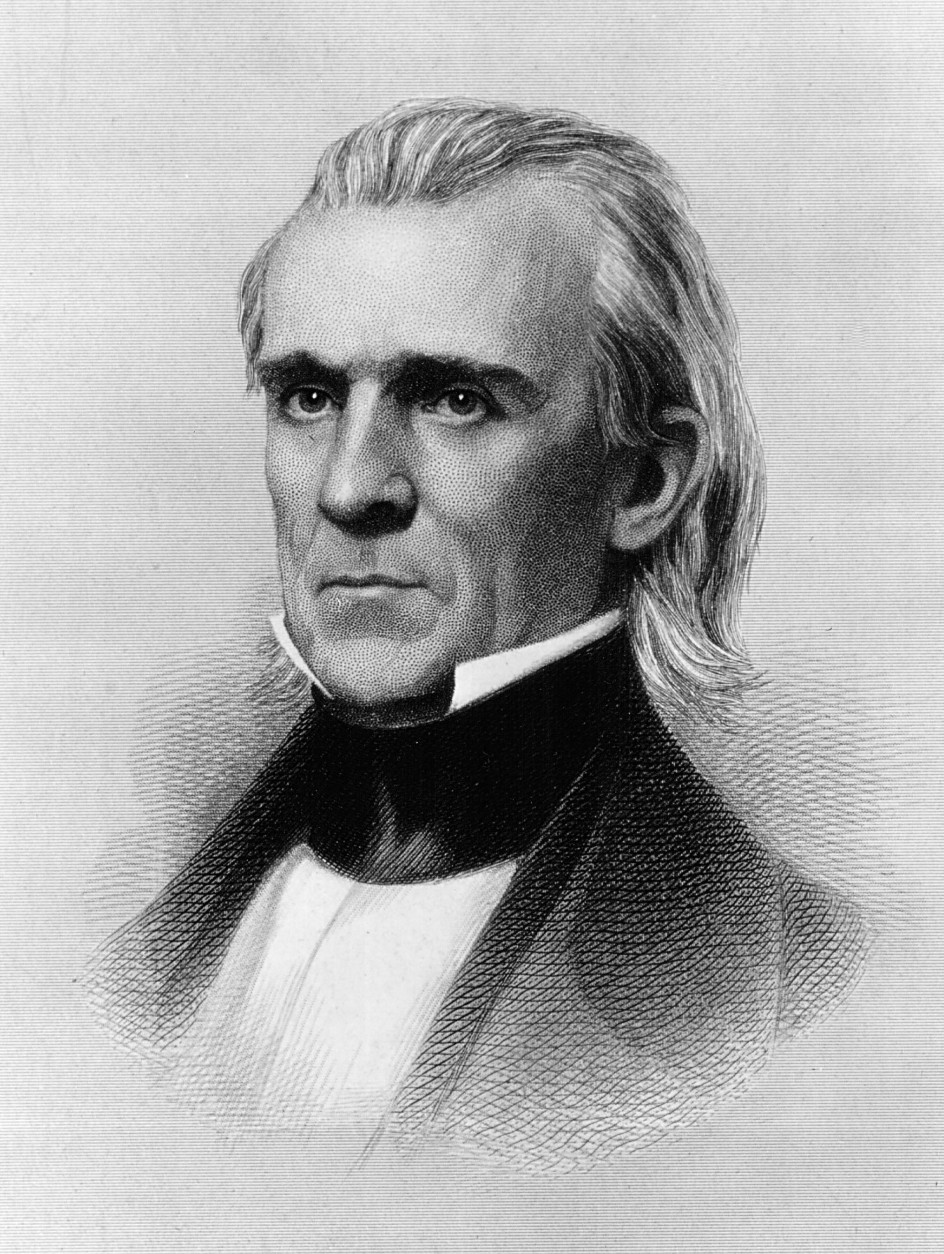 26/32
26/32
Depends whom you ask and how much of a noodge you want to be. The term of James K. Polk (pictured above) ended March 4, 1849; that was a Sunday, so the inauguration of Zachary Taylor was the next day. Under the rules at the time, the Senate president pro tempore would take over, but his term also had ended Sunday. (He was David Rice Atchison, and he never claimed that he was president for a day, but his hometown does.)
In the pre-TV, pre-internet, pre-nuclear age, none of this, evidently, was considered a crisis.
Anyway, the solution nowadays is for private swearings-in to be held when Inauguration Day falls on a Sunday, followed by a public oath and ceremonies on the following Monday.
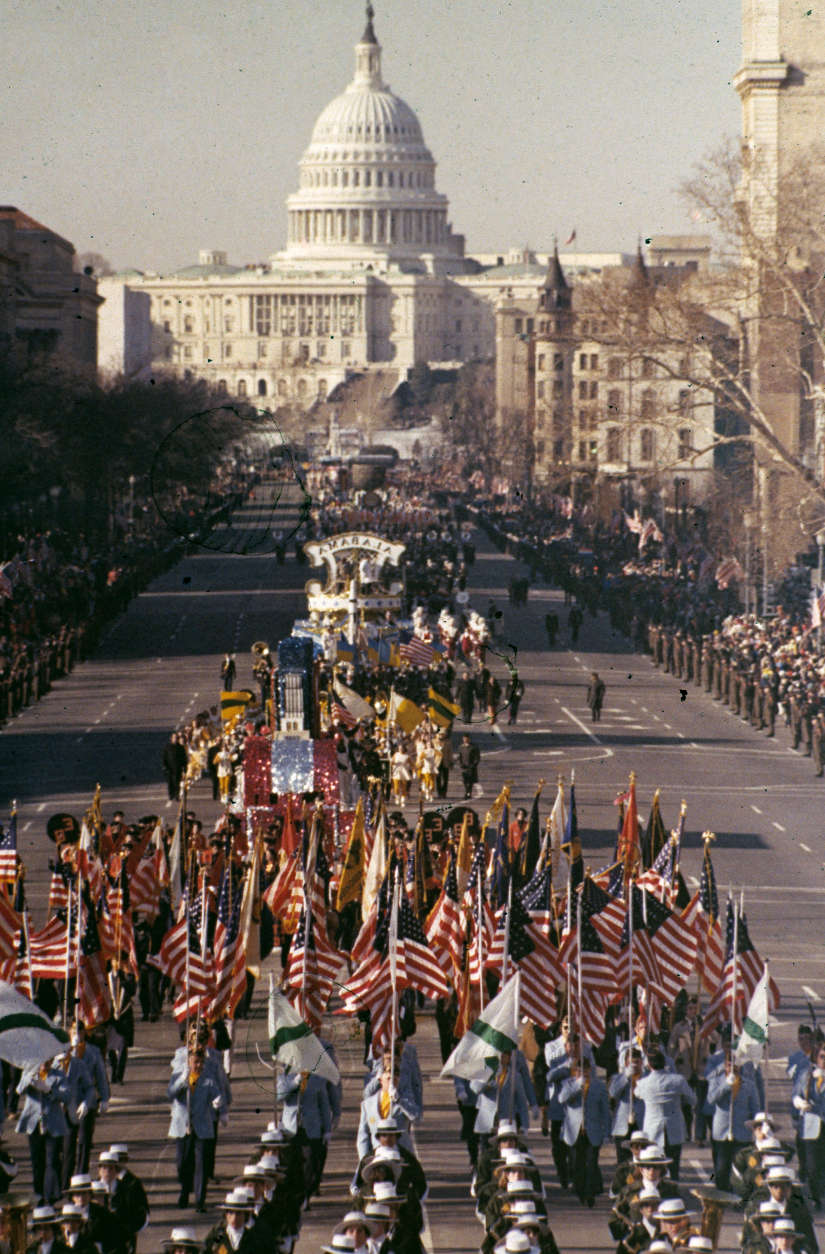 27/32
27/32
And on what day did the U.S. have two presidents, sort of?
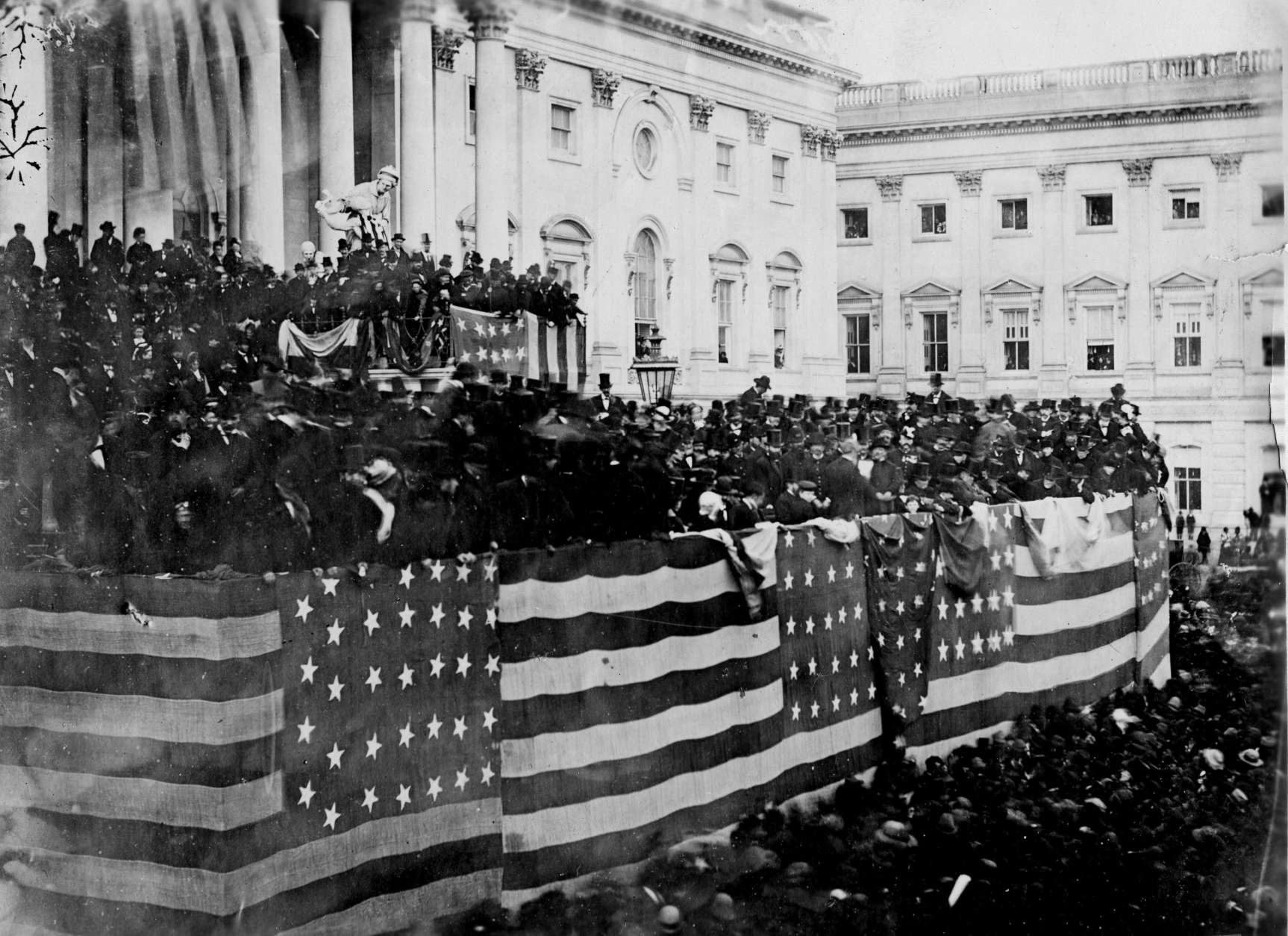 28/32
28/32
If you think the elections of 2016 and 2000 were tumultuous — well, yeah they were. But the 1876 election takes the (expletive) prize.
Rutherford B. Hayes didn’t win the popular vote or the first ballot of the Electoral College — that would be the Democrat Samuel Tilden, by 19 votes. But 20 Electoral College votes were disputed. Congress got into the act, and that’s rarely a good thing.
The Compromise of 1877 awarded all 20 votes to Hayes, in return for the end of Reconstruction, which ended the political and economic repair of the South, and paved the way for Jim Crow and other repressive measures that persisted for nearly a century.
A lot of Democrats were not happy, and the fears of violence, even kidnapping, were evidently real enough that, combined with the fact that Inauguration Day 1877 was also a Sunday, Hayes was sneaked into the White House the day before — while Ulysses S. Grant’s term still had a day to run — and sworn in privately March 3. His public ceremony, held Monday, March 5, is pictured above.
March 4, 1877, must have been a day at the White House.
Who was the only president to be sworn in without getting a single vote for president or vice president?
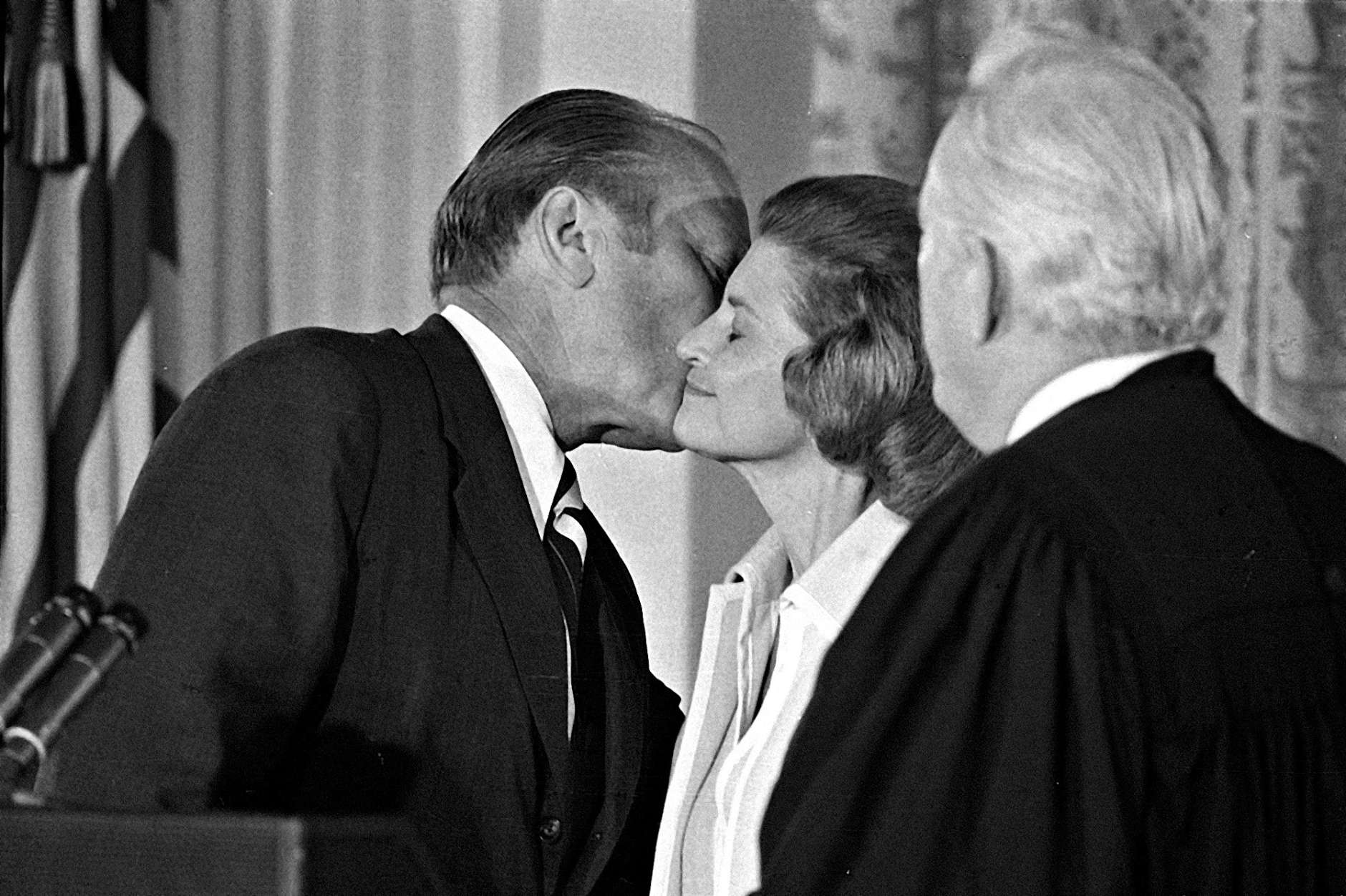 30/32
30/32
Gerald R. Ford in 1974. He rose to the presidency Aug. 9, 1974, after President Richard Nixon resigned, and succeeded Spiro T. Agnew as vice president after Agnew resigned amid his own ethics scandal in 1973.
One president didn’t swear an oath to serve. Who was that?
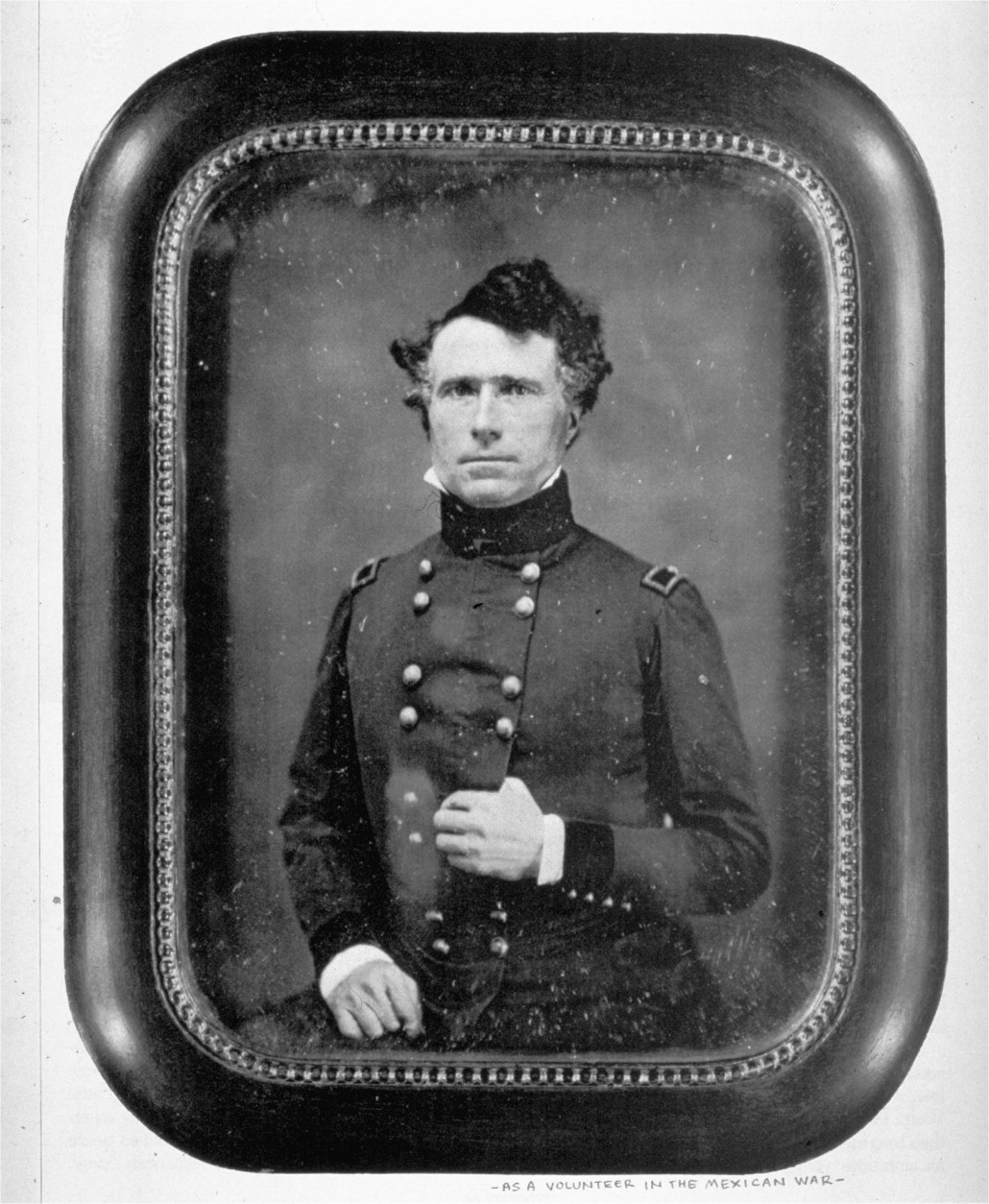 32/32
32/32
The Constitution says a president can “swear (or affirm)” the oath, and in 1853, Franklin Pierce took the latter choice. That’s one of the less-dramatic aspects of Pierce’s inauguration; his son was killed in a train crash shortly after the election, and his wife, who hadn’t wanted him to run and reportedly fainted when she learned he won the nomination, didn’t come to the inauguration.


